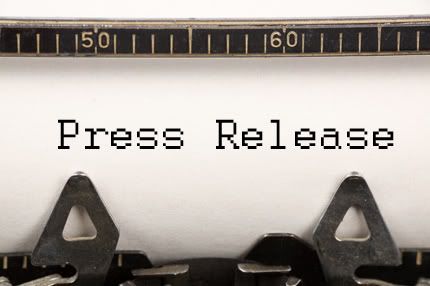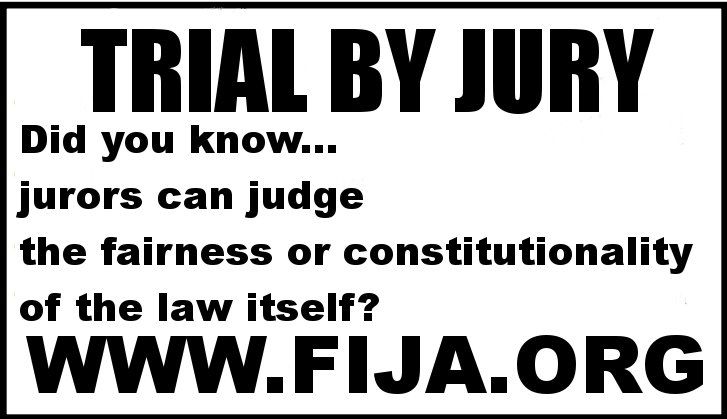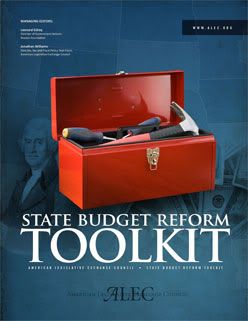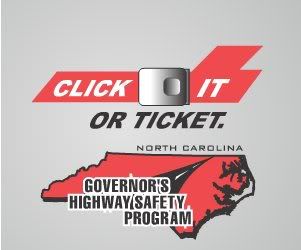
I'll just leave this here and let you compare the hypocrisy of The Weather Channel's Mike Bettes speak for itself. People like him, Brandon Sullivan and Reed Timmer give legitimate severe weather chase teams a bad name with their blood lust for better footage in the name of TV Ratings and profit from the sale of footage of tornadoes.
Mike Bettes in 2011 on storm chasers who get too close to storms, risking getting flipped and injured:
“Chasing can be an educational and exhilarating experience, but it also is inherently dangerous. An increasing trend I see happening is chasers trying to get as close as possible to one-up their competition, and cash in on dramatic video. And the one thing I always hear from professional chasers is how safety is their number one concern, and warning the public is their number one priority. Me? I Call B.S. on that one. When you’re being hit by debris, and you’re flipping your car while pursuing a tornado, you’re not very concerned about your safety, or anyone else’s. You’re setting a bad example for a younger generation of chasers who follow your lead.” - Mike Bettes, 2011
Compare that to the following video from yesterday, where he gets too close, gets flipped and suffers minor injuries:
Video of Brandon Sullivan purposefully driving into the circulation of a tornado and getting pounded by debris:
Commentary
The videos above show examples of the type of "storm chaser" that gives legitimate severe weather research teams a bad name.
I am a small government type of guy, but I believe the time has come for storm chasers to go through a licensing process by the federal government, probably the National Weather Service and licenses should be permanently revoked for getting this close to a storm unless they're in an approved research vehicle.
The people in the above videos should NEVER be allowed in a storm area unless they live there.
One way to stop this storm chasing for profit would be for the legitimate research teams to start providing footage to the networks and TV Stations for free or next to free. And perhaps they could have Public Information Officers to liaise with the media and the public via social media and live streams.
If you can devalue the sale of video footage and photographs of tornadoes, then that might stop some of the nonsense of people chasing to solely sell video.
People like Reed Timmer and Brandon Sullivan is an example of the type of "storm chaser" that gives legitimate severe weather research teams a bad name.
Video of Brandon Sullivan purposefully driving into the circulation of a tornado and getting pounded by debris:
Commentary
The videos above show examples of the type of "storm chaser" that gives legitimate severe weather research teams a bad name.
I am a small government type of guy, but I believe the time has come for storm chasers to go through a licensing process by the federal government, probably the National Weather Service and licenses should be permanently revoked for getting this close to a storm unless they're in an approved research vehicle.
The people in the above videos should NEVER be allowed in a storm area unless they live there.
One way to stop this storm chasing for profit would be for the legitimate research teams to start providing footage to the networks and TV Stations for free or next to free. And perhaps they could have Public Information Officers to liaise with the media and the public via social media and live streams.
If you can devalue the sale of video footage and photographs of tornadoes, then that might stop some of the nonsense of people chasing to solely sell video.
People like Reed Timmer and Brandon Sullivan is an example of the type of "storm chaser" that gives legitimate severe weather research teams a bad name.
At this point, as I mentioned above, I would even support a type of federal licensing program, but I think it would be a bear to set up and monitor. Perhaps it could be like what amateur radio operators have to go through that would subject the license holders to severe fines if they violate the terms.
I am sure this will be a topic of discussion on Monday night's episode of "Weather Brains." You can follow along on Google Plus or their website.
PS: Here are some guidelines for chasing severe weather responsibly:
PS: Here are some guidelines for chasing severe weather responsibly:
Responsible Chasing
Acting responsibly is a good way to ensure that chasing isn't associated with yahoos, wackos, and thrill-seekers. Apart from ensuring that safety is a constant consideration and courtesy is an automatic action, what do I mean by responsible storm chasing?
1. Keeping our enthusiasm for violent weather in the proper place. If you've had your home and perhaps loved ones taken from you by a tornado, then you are probably not going to react favorably to a bunch of folks whooping it up enthusiastically over a tornado. When I first drove into the damage path of the Union City tornado, shortly after it left town, I realized that the tornadoes that I wanted to happen could wreak havoc on people's lives. After some reflection, I realized that what I wanted didn't really change the weather (good thing, too!), and that by happening in front of trained observers, what we learned could be used to mitigate the impact of such storms in the future. But I still feel uncomfortable dealing with tornado victims. Talking about death and destruction as a good thing in front of the wrong people, even as a joke, can create an awful impression of storm chasers. Virtually all storm chasers would be delighted to have tornadoes happen only in open country where not even crops would be damaged.
2. Chasers can be of tremendous help to science and to the public if they will take a few moments to report what they have seen. Call or visit the appropriate NWS office and give the report of what was seen, including the location of the event(s) and the time(s) of occurrence. I personally do not believe it is necessary to break off a storm chase to call in a report, unless you have some electronic communication aboard your chase vehicle so that you can make a report without terminating the chase. However, as soon as possible afterward, you should report the event(s). If you feel that the storm is about to strike without any warning and you have the opportunity to do something to warn people, then by all means do what you are able to do.
3. Responsible chasers don't endanger themselves or others. Keep in mind that your actions might be used to portray storm chasing as a whole. If you behave recklessly, without regard for your safety and, especially, the safety and well-being of others, then you invite people to make the unfair comparison. I don't want the job of having to answer for your irresponsible actions!
4. Effective chasing is a constant learning process, and responsible chasers need to be aware of what is going on in severe thunderstorm and tornado science. It behooves all of us to be informed about the latest scientific findings, even if the only rationale is to make us better chasers. Participate in the process and don't be selfish with it. If you have seen something noteworthy, you can be responsible for preventing future disasters through sharing what you have seen. Knowing what is noteworthy requires you to be knowledgeable about the science of severe storms, so it is a two-way street that works most effectively when everyone shares what they know for scientific and educational purposes freely.
5. Chasing can become a dangerous obsession. Student chasers who let their studies go to follow the convection run the risk of sacrificing their careers. Chasers who neglect their family responsibilities to chase are not folks I admire, no matter how much they "succeed" in chasing. Letting chasing get in the way of any work responsibilities is also a problem, in my view. Some folks wear their obsession about chasing as some sort of badge of honor, but I say "Get a life!" Everyone has to decide on an individual basis what is their operational definition of "responsible" chasing from this personal point of view. All I know is that building a life totally around storm chasing, in my opinion, is not a very responsible life.
6. Stay out of tornado damage areas if possible. During a chase, this seems fairly obvious. Damage paths are full of hazards that no one would enjoy if it is possible to avoid them; downed power lines, jagged pieces of sheet metal, boken boards, etc. When the chase is over, some chasers may want to do their own damage survey ... in general this is a bad idea! Stay out of such places unless you have been invited to participate as part of an organized storm damage survey or a cleanup crew. You are likely to be in the way of cleanup and folks who have been hit by a tornado tend to be suspicious of strangers in their midst. Gawkers are not appreciated and being taken for a potential looter is not likely to make you welcome!






























0 comments :
Post a Comment